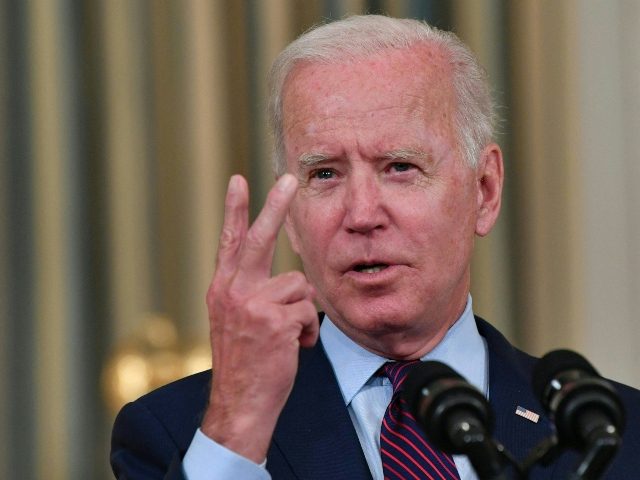Economic growth in the U.S. slowed sharply in the third quarter. The question is just how bad will things get.
The consensus among Wall Street analysts is for growth of 2.8 percent, with estimates ranging from 1.6 percent to 4.6 percent. Bank of America actually picked up its estimate from 2 percent in early October to 2.5 percent.
The AtlantaFed’s GDPNOW model, which attempts to estimate quarterly GDP based on data as it comes in, fell to 0.2 percent on Wednesday from .5 percent a week ago.
The Department of Commerce will release its preliminary estimate of third-quarter GDP on Thursday morning.
The quarter has hugely disappointed what were initially rosy estimates for robust growth. The initial consensus was for around an annualized rate of growth of around 7.5 percent, with the upper range of estimates above 9 percent and the lower range at 5.5 percent. But those estimates from back in June failed to anticipate the huge drag from the combination of jammed ports, supply chain disruptions, businesses unable to find workers, and consumers socked with rising prices.
A few economists are worried the economy could already be in a recession. In a research paper released this month, economists David Blanchflower of Dartmouth College and Alex Bryson of University College London argued that history indicated that slumping consumer sentiment—in particular— fear of impending unemployment suggested that households had detected an economic contraction not yet apparent in the economic data.
“The economic situation in 2021 is exceptional, however, since unprecedented direct government intervention in the labor market through furlough-type arrangements has enabled employment rates to recover quickly from the huge downturn in 2020,” wrote Blanchflower and Bryson. “However, downward movements in consumer expectations in the last six months suggest the economy in the United States is entering recession now.”
That is, however, not the consensus view. Most economists are not worried about a recession and expect that economic growth will return as supply chains heal over time, shortage-driven price increases prompt inflation-suppressing additional production, and people are prompted to return to the workforce once their fiscal policy boosted savings are depleted.
A big miss to the downside or a contraction could complicate the plans of Federal Reserve officials to announce a taper of the central bank’s bond-buying. Officials have signaled that they intend to announce at next week’s Fed meeting a gradual reduction of the $120 billion of monthly bond purchases.

COMMENTS
Please let us know if you're having issues with commenting.